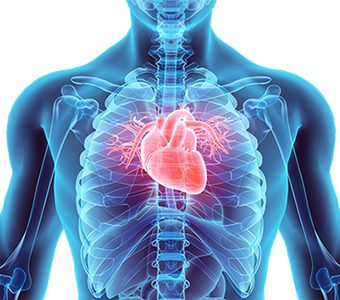Nigel Marsh recently took a group of underwater photographers to dive Port Vila, Vanuatu, and found a destination overloaded with macro delights.
Most divers are drawn to Vanuatu to explore one of the largest shipwrecks in the world, the colossal SS President Coolidge. However, there is much more to this lovely Melanesian nation than the famous World War II wreck, with Port Vila, capital of Vanuatu, blessed with reefs, wrecks and some wonderful macro subjects.
Located between the Solomon Islands and New Caledonia, Vanuatu is made up of 83 islands spread over 1300km. Located on the ring of fire, these islands were created by volcanic activity, and the nation still has many active volcanoes above and below the water line. All of these islands are fringed by coral reefs and the blue waters of the South Pacific Ocean.

I first visited Port Vila in 1989 and had always planned to go back, but with too many other dive destinations to explore I never got around to organising a return. However, over the last few years I have been leading regular underwater photography group trips for people to explore interesting dive destinations and improve their photography skills, and Port Vila was the perfect fit for one of these trips, offering a range of subjects, both big and small.
The trip was originally planned for May 2024, but only two weeks before departure Air Vanuatu, the nation’s airline, collapsed and we had to reschedule the trip to May 2025. Then in December 2024, Port Vila was rocked by a massive earthquake, which destroyed countless buildings, including the motel we were booked into.
Finally arriving in May 2025, we found parts of the city were still in ruins, and the rebuilding process is going to take many years. Fortunately, our new hotel, the Ramada, was designed to withstand earthquakes and showed no signs of damage. This was very reassuring, as during our stay there were still daily aftershocks, fortunately they barely rocked the bed!

With five days of diving booked with Big Blue Vanuatu, I had planned to balance the trip with alternate days of wide-angle subjects and macro subjects. Big Blue Vanuatu have around 20 dive sites they regularly visit in Mele Bay, with the most distance dive sites around 40 minutes from the harbour, where their shop is located. The dive sites are grouped into two areas, in the north are the prettiest reef sites, while in the south, closer to the harbour, are the wrecks, limestones reefs and a very impressive cave. Each day we had three dives booked, a double dive in the morning, then lunch back at the café next to the dive shop, followed by a single afternoon dive.
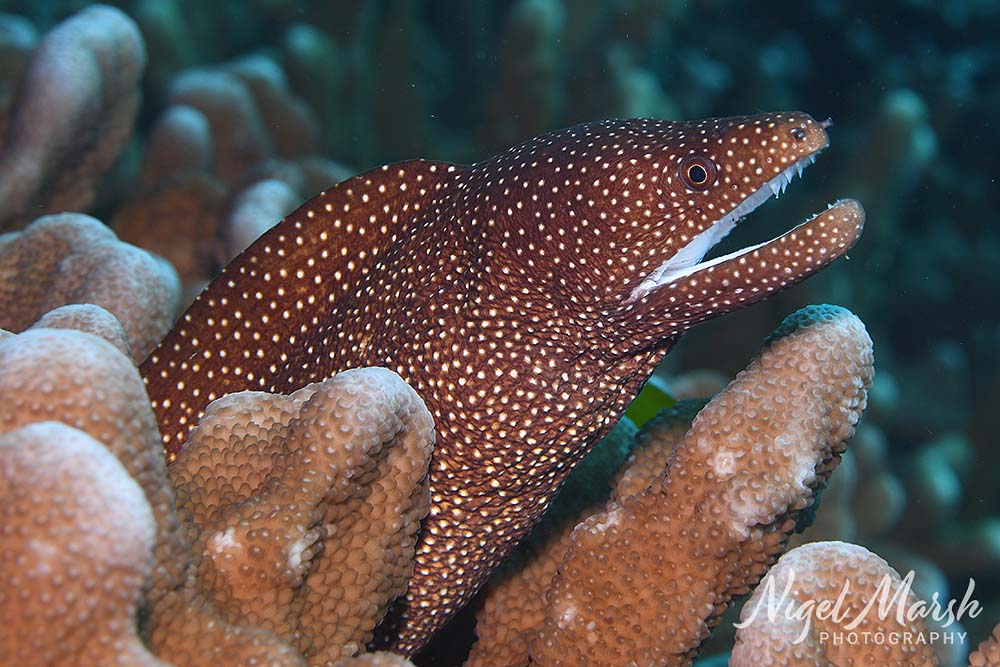
Day one we planned to dive in the north, with Joshua Ernst, the owner of Big Blue Vanuatu, recommending macro for the smaller reef fish and invertebrates found in this area. Half the group had compact cameras, so they were ready for anything, but the rest of us were using larger mirrorless and DSLRs.
Our first dive site was Kathleen Reef, a pretty coral ridge rising from 30m to 12m. With 15m visibility we slowly explore this reef finding a good variety of subjects – broadclub cuttlefish, nudibranchs, sea stars, anemonefish, butterflyfish, Moorish idols, hawkfish, rock cods, damsels, wrasses and parrotfish. There were a few larger fish, including trevally and barracuda, but it was the small reef fishes, in abundant numbers, that kept my camera busy.
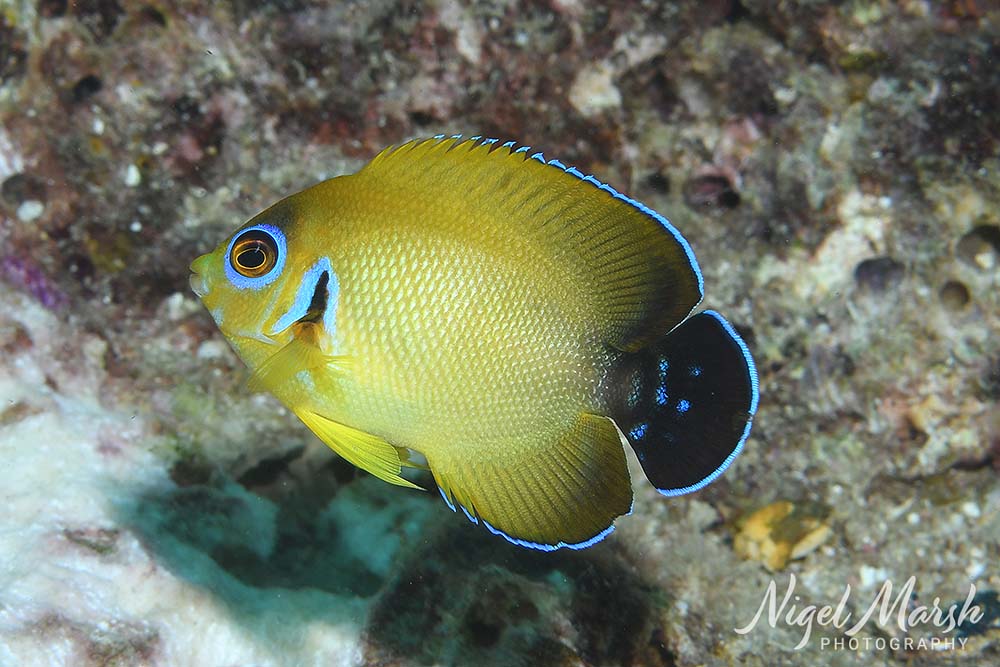
I was particularly impressed by the number and variety of pygmy angelfish, they were everywhere. There were lemonpeel, pearlscale, keyhole, bi-color, coral beauty and even rare midnight angelfish. And as these species interbreed, there were also a few hybrids with a mix of colours from their parents. There was also a surprising number of juvenile mimic surgeonfish, that have colour patterns that copy several of these angelfish when they are young. Why they do this is unknown, as most mimics copy venomous fishes, and pygmy angelfish are not venomous, but being skittish they are difficult prey to catch.
There was a slightly bigger angelfish species that I was hoping to see in this area, the rare Watanabe angelfish. A type of swallowtail angelfish, this species has different colour patterns for the male and female and also feeds on plankton. I had told the group to keep an eye out for this fish, and to my great surprise we found a male and two females on this first dive. They could have been easily overlooked, as they mingle with similar sized and coloured damselfish feeding in the water column.
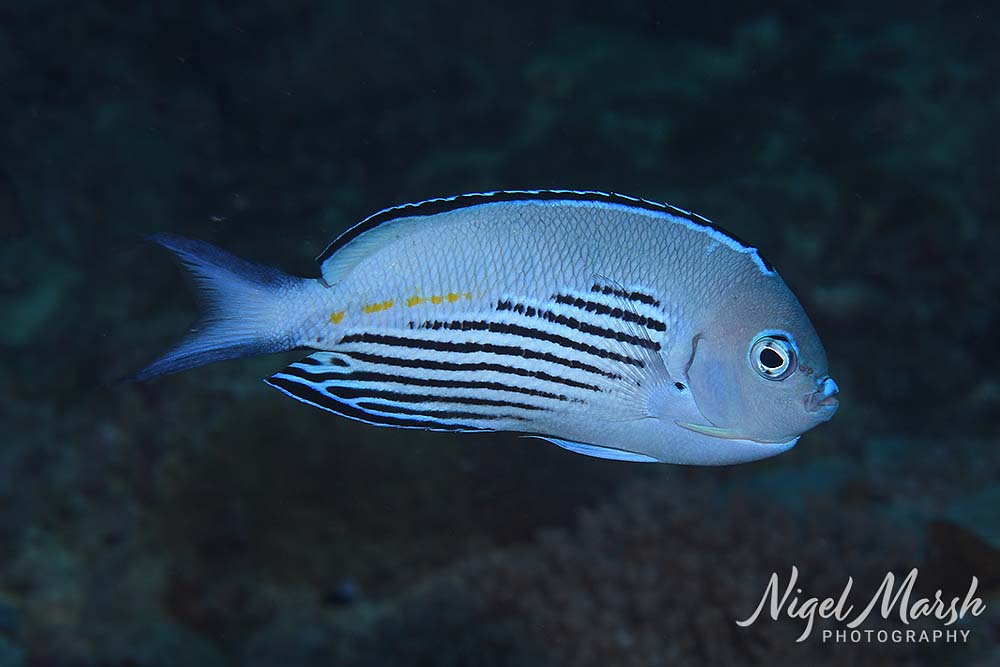
We ended up doing four dives in the area, exploring lovely coral gardens at Westside, Anchor Reef and a return to Kathleen Reef. While we could have done wide-angle photography with the schools of fish and the pretty hard corals, the macro subjects were much more captivating and rewarding. These including lovely little harlequin filefish, nudibranchs, combtooth blennies, a whitemouth moray and many colourful wrasses.
On day two we opted for wide-angle to explore the reefs and wrecks in the south. Unfortunately, the visibility in the south, especially close to the harbour, was a bit poor due to recent dredging. The Konanda is one of several scuttled ships in this area, with this 45m long island trading vessel sunk in 1987. Resting in 28m, the wreck is a fun dive, with an open hull, cabins, masts and winch gear to investigate, but not much fun for photography with only 6m visibility.

The visibility was a lot better at Yankee Juliette, a limestone reef with the scattered remains of a plane wreck. While there was not much coral to see, we did find a crocodilefish, octopus, garden eels, nudibranchs and lots of reeftop pipefish. Some of the limestone reefs we dived in the south had cracks from the earthquake, but many showed more impacted from a cyclone that hit the area in 2023 and smashed the hard corals.
With the poor visibility near the harbour, where the other wrecks rest, we decided to pass on any more wreck dives and stick to macro as we dived the reefs of the southern area. At Konanda Reef we explored bommies, ledges and gutters that were overflowing with reef fish and invertebrates. We photographed giant morays, fusiliers, angelfish, reeftop pipefish, butterflyfish, wrasse and parrotfish.
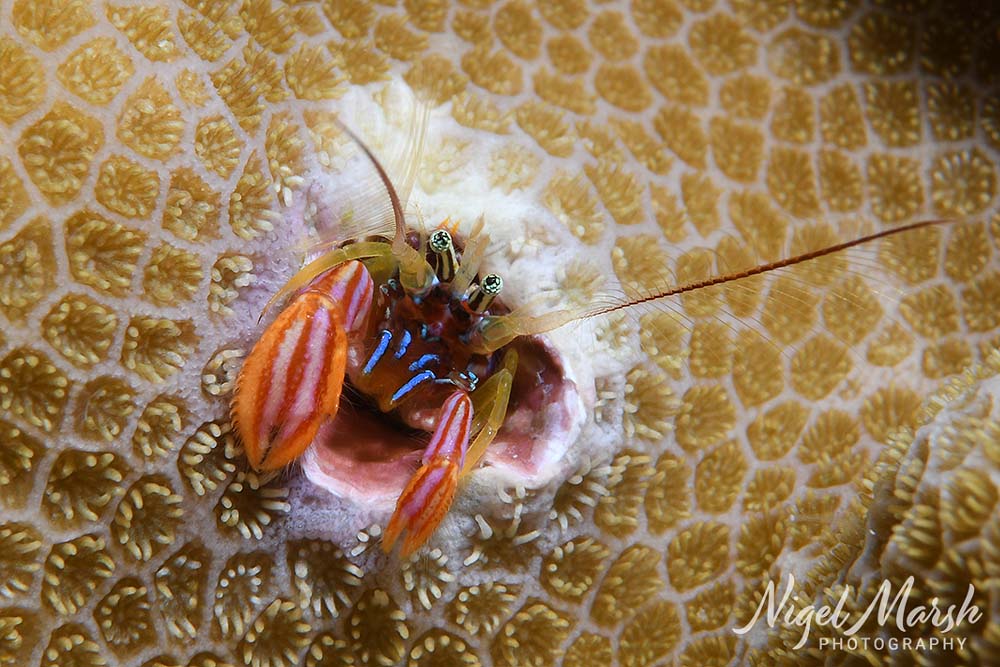
A special macro find for me at this site was a group of coral hermit crabs. These little crabs are hard to find, and I always seem to notice them only when I have on a wide-angle lens. But not this time. These tiny crabs live in the old holes of tube worms, and even a large one is only 5mm wide. They have colourful claws and capture plankton with two small net-like arms.
At Pillar 25 we found ledges and caves overflowing with cardinalfish and sweepers. In these caves were also shrimps, lionfish, soapfish, rock cods, squirrelfish, soldierfish and a leaf scorpionfish. Kate’s Corner is a scattered reef with many sandy gutters. Here we photographed nudibranchs, broadclub cuttlefish, dartfish, shrimpgobies, blennies, hermit crabs and tiny commensal shrimps on pincushion stars. Before our dive at this site a dugong swam by the boat, only 30m away. Dugongs often frequent this part of the bay and our guide told us that only the week before they had one doing somersaults in front of them!
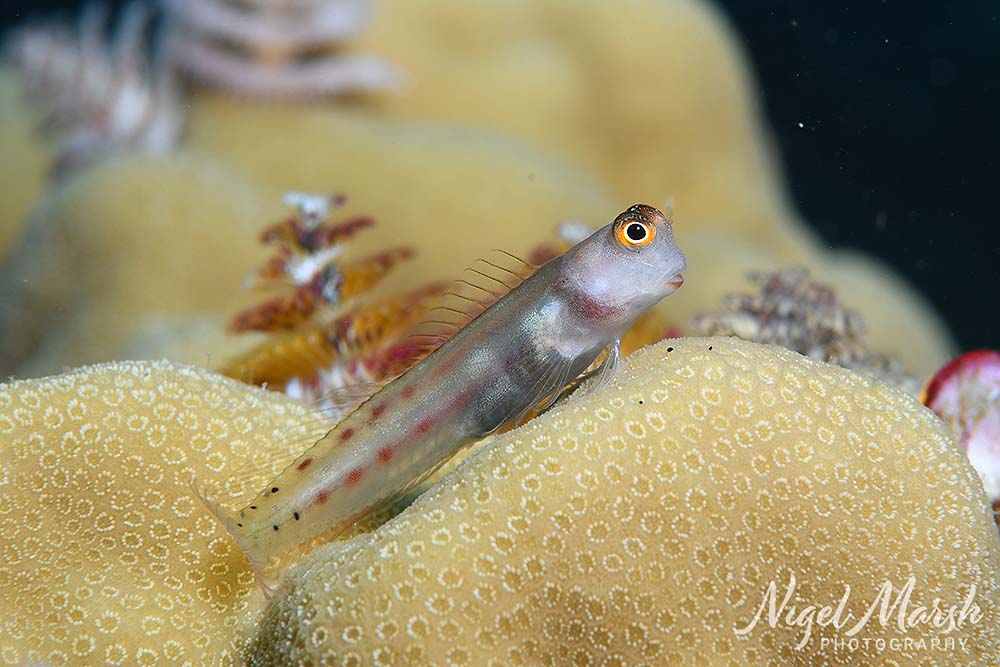
Twin Bommies is one of the most popular of the southern dive sites, with the site dominated by two large coral heads that swarm with fish. These bommies are riddled with ledges and decorated by small gorgonians and soft corals. Sweetlips, coral cod, squirrelfish, soldierfish, snappers, fusiliers and basslets made for some interesting photography subjects. At this site we also found a sleeping whitetip reef shark, several shy barred angelfish, strange arrowhead soapfish and a reclusive lavender dottyback.
The Cathedral is the premier dive site off Port Vila and for good reason. Located at the south-west end of Mele Bay, and facing the open ocean, this site features an enormous cave cutting into the reef wall. While a great spot for wide-angle photography, especially with the 30m visibility we enjoyed on two dives here, I still went with macro as there were just too many interesting small critters in the cave.
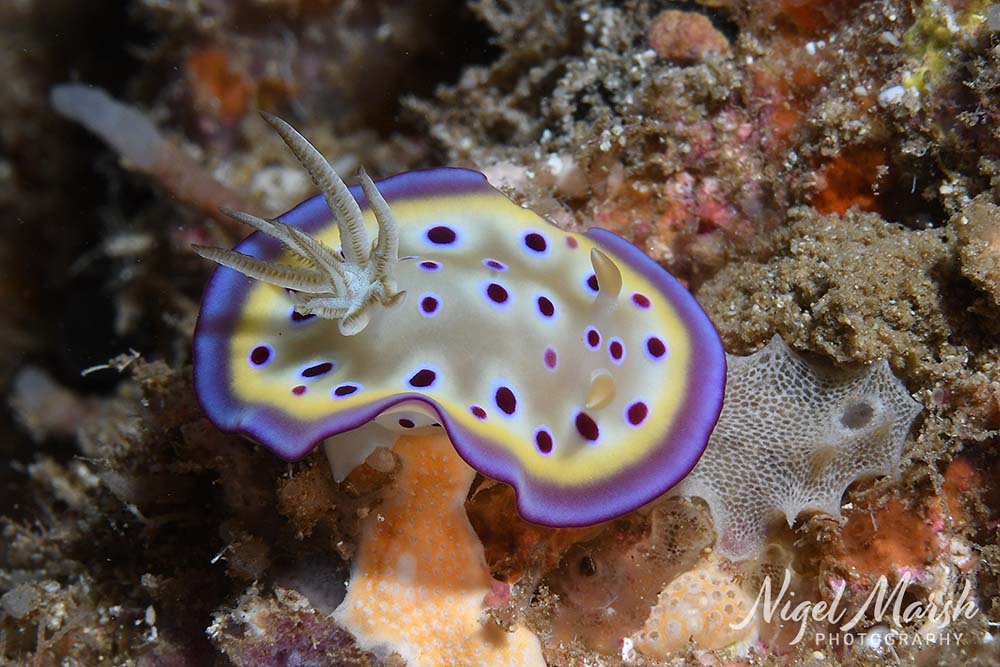
The cave has a maximum depth of 22m and is wide enough to dive a double-decker bus through it. Sponges and hydrocorals decorate its walls, which are pockmarked by numerous ledges. Nudibranchs, saron shrimps, hermit crabs, cowries, boxer shrimps, cardinalfish, squirrelfish, soldierfish, lionfish and angelfish were all common in the cave. However, I was most exciting to find two rare fish, Naia pipefish and possum wrasse.

There were a surprising number of Naia pipefish is the cracks and crevices. They look similar to several other banded pipefish, but with a different tail pattern. Shy of the light, they were not easy to photograph as they weaved in and out of the cracks. I even found a male with eggs attached to his belly.
The possum wrasse was an even bigger surprise, though wide-spread throughout the Indo-Pacific region they are rarely seen as they like to hide in caves like this. This was the first time I had ever seen or photographed this species, and being a fish nerd, I was very excited.
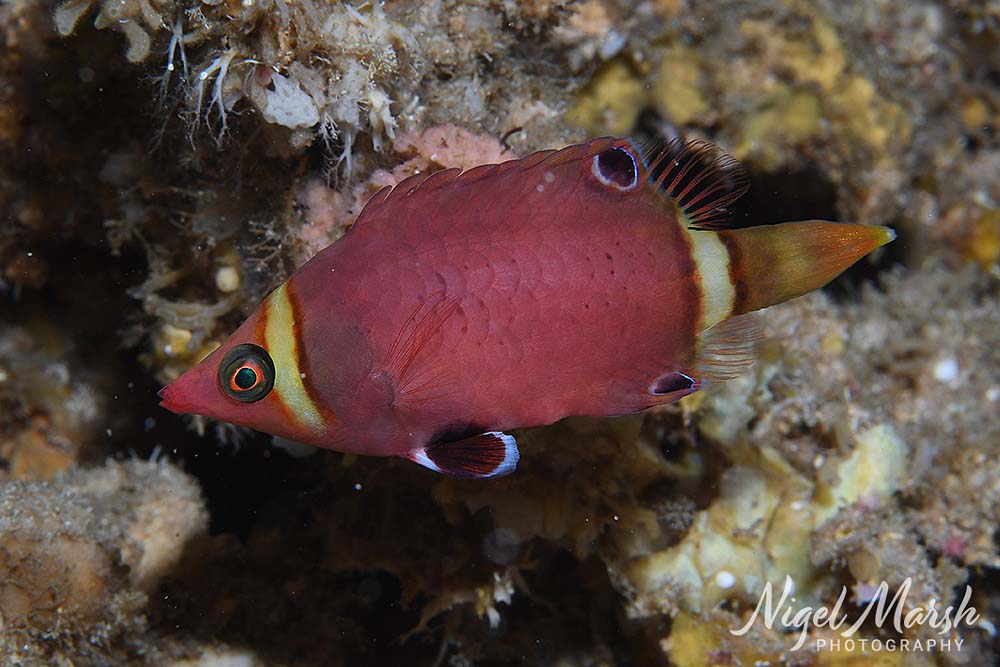
Our photography group had a wonderful time in Port Vila. The wide-angle photography didn’t deliver on this trip, but the brilliant variety of macro subjects sure made up for it. And it was good to know that we were contributing to the local economy that was been struggling to get back on its feet after the terrible earthquake in December.
Each year Nigel Marsh leads special photography group trips to dive destinations across the globe. On these trips Nigel is on hand to help improve your underwater photography and does regular talks on photography and marine life. In 2026 Nigel is taking groups to explore the Tubbataha Reefs of the Philippines, Japan and Timor Leste.



